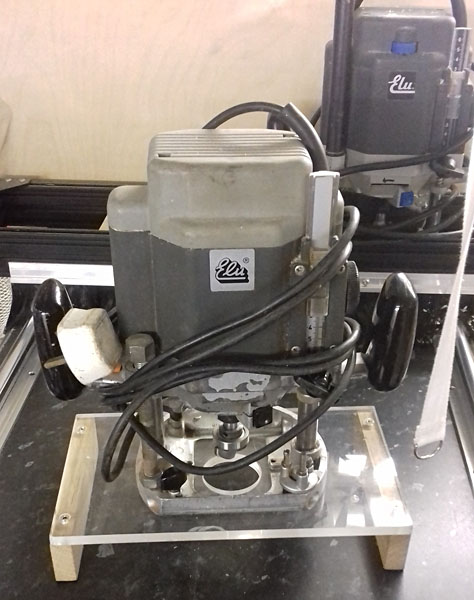I love putting small pieces of wood into the magical transporter.
You feed them in one end, theres a bang and a clatter, and nothing comes out the other side.
One of natures mysteries I suppose.
You feed them in one end, theres a bang and a clatter, and nothing comes out the other side.
One of natures mysteries I suppose.






































